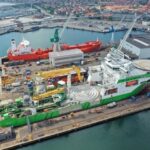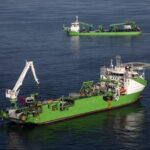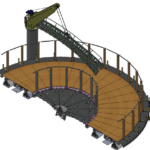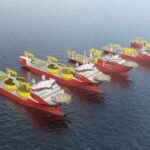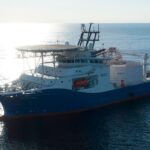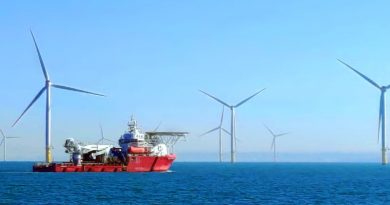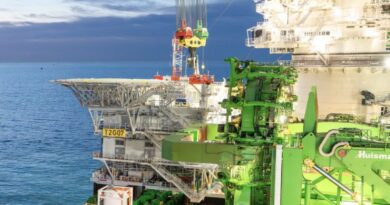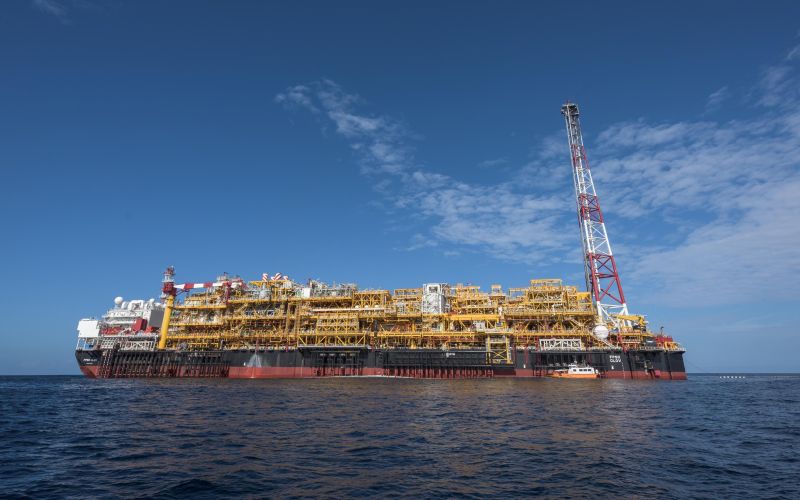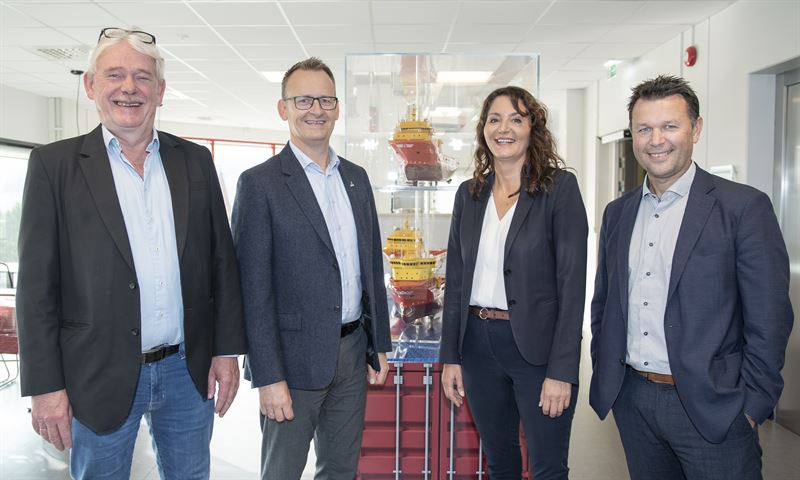Enersea designs Cable Installation System for DEME’s Viking Neptun
Energy Disrupter
Wind Energy – CIS for Viking Neptun
For DEME’s DP3 multipurpose installation vessel Viking Neptun, Enersea has designed a modular next level Cable Installation System (CIS).
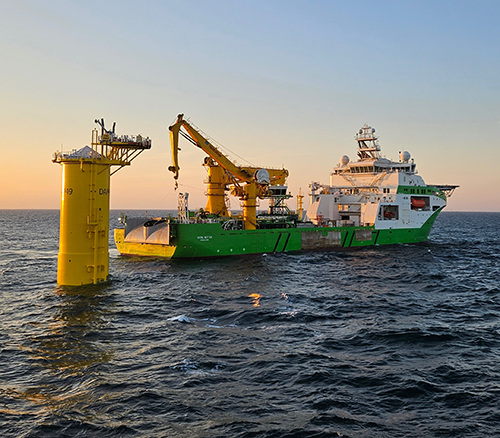
Enersea’s scope consisted of concept & detailed design along with fabrication, mobilisation & site support.
In less than one year the complete project was carried out comprising the assessment of DEME’s requirements, discussing possible solutions, finite element analyses, detailed calculations, fabrication support in Poland, and engineering support during mobilisation.
“DEME acquired the Viking Neptun in 2022 and now the vessel is already equipped with a high tech and flexible CIS,” Philip Scheers, Business Unit Director at DEME states. “This is quite an achievement as these processes normally take about three years’ time. The vessel already had a turntable capacity of 4,500 tonnes of cables below deck but we wanted to add another 8,000 tonnes on deck to support the growing offshore wind market even better.”
He continues: “Enersea also took care of the design of the CIS for DEME’s DP3 multipurpose vessel Living Stone; one of the fastest and most efficient cable lay vessels in the market today. Compared to the Living Stone, the Viking Neptun has become even more versatile as the vessel can also install offshore mooring systems, and carry out other subsea work and is equipped with a 100 tonnes and 400 tonnes crane.”
The design requirements DEME set for the Viking Neptun, led to a very innovative design. Enersea Project Engineer Tim de Rooij explains: “As a first requirement the vessel cranes needed to install all parts of the CIS itself and with a minimal number of lifts. To achieve this, we split the system up in eight skids weighing 20 to 100 tonnes. All skids contain the required pieces of equipment like tensioners, winches, and the required hydraulic and electrical power supplies. Overall, this minimizes the number of lifts to mobilise or demobilise the system.”
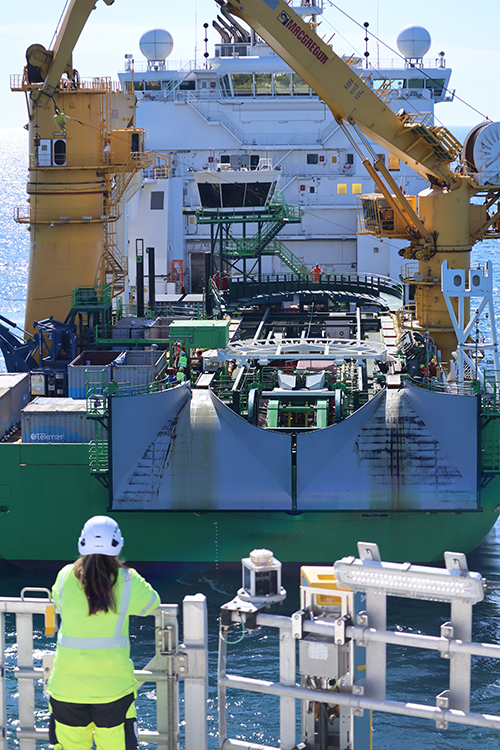
A second requirement was to remove the CIS in a short time. In order to fulfill this requirement, the connection to the ship was redesigned by Enersea.
Usually the deck connection of mission equipment is welded to the deck which leads to a lot of hotwork when (de)mobilisation is required. For the new CIS a bolted connection was designed.
At strategic strongpoints on the vessel deck, thick connection plates were welded to join the skids to the deck. As the skids are already equipped with integrated hydraulic and electric power supplies, only a minimum amount of connections need to be dismounted for demobilisation of the CIS.
The Viking Neptun has already started its first cable laying missions on an offshore wind farm in North Sea waters.
Original Source: https://ocean-energyresources.com/2023/11/21/enersea-designs-cable-installation-system-for-demes-viking-neptun/



